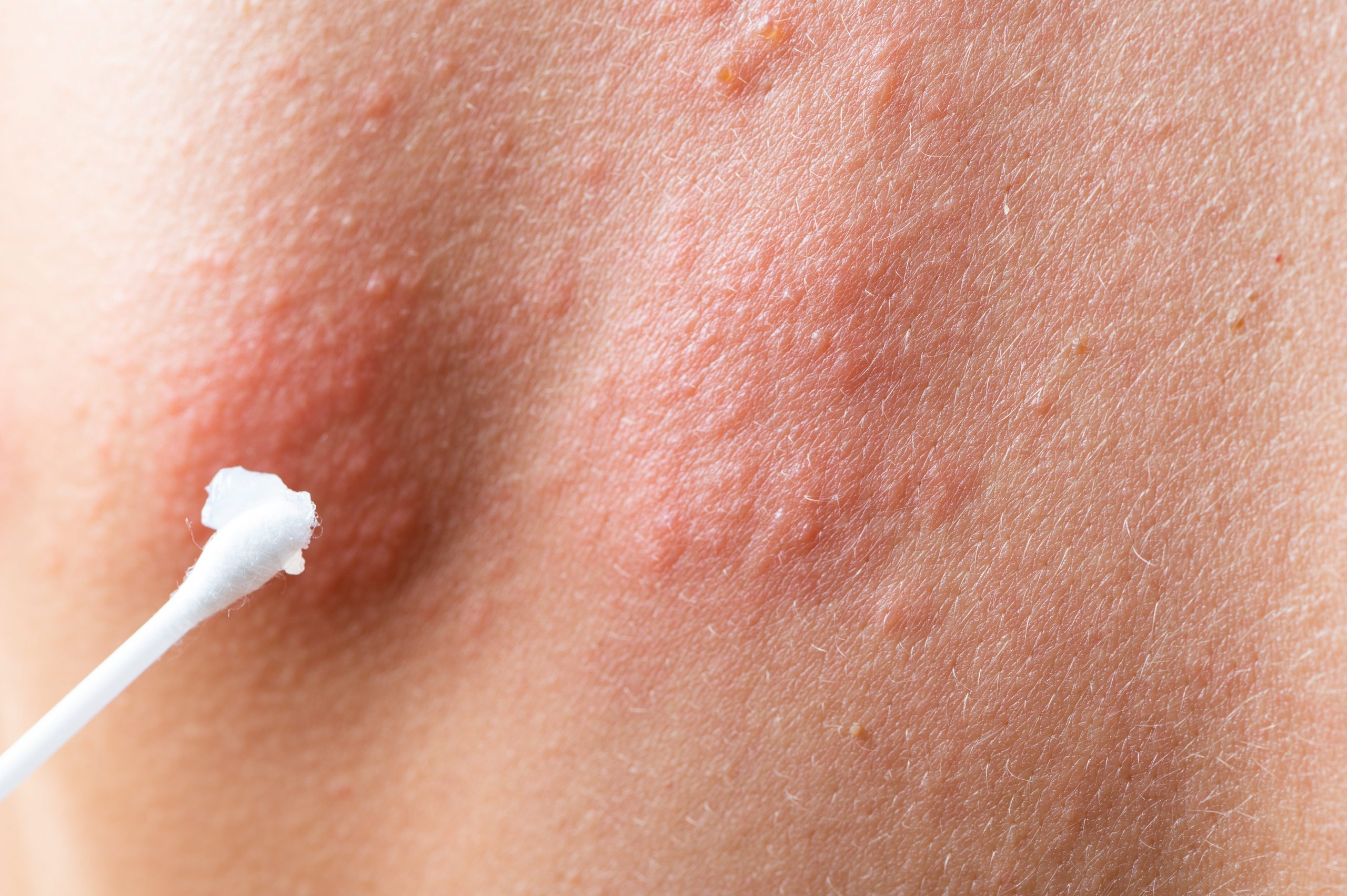
Any age person might get the common skin condition contact dermatitis. It is characterized by scorching, redness, and discomfort. This disorder results from skin reacting inflammatory when it comes into touch with irritants or bothers. Common triggers include therefore chemicals, cleansers, and soaps. Conversely, allergens might be nickel or various smells. Understanding contact dermatitis is very vital as treating flare-ups and preventing them depend on identifying their source. Usually avoiding things that annoy or disturb them, individuals address it by using pharmacological therapies to reduce their symptoms. By identifying the source of contact dermatitis and using appropriate treatment strategies, people may significantly minimize its impact on their everyday life.
Common Causes and Triggers
When the skin comes into touch with anything that causes an allergic reaction or itching, contact dermatitis results. Natural oils are removed from the skin by soaps, cleansers, and chemicals that aggravate it, therefore rendering it red, dry, even blistering. Conversely, certain metals, plants, or cosmetics might cause the immune system to react, which would cause a red, irritating rash. The body generates molecules that aggravate allergic contact dermatitis as it believes these compounds are harmful intruders.
Treating contact dermatitis starts with determining the reason of the response. Finding the precise irritation or allergy causing the skin to respond is like working as a detective: Once the source is identified, it is imperative to avoid it if one wants to prevent further flare-ups. In some cases, writing down the goods or substances that you use on your face can help you find trends and possible causes. As long as they are patient and pay attention, most people can control their symptoms well by staying away from the irritating or allergic substances.
Recognizing the Symptoms
When it comes to skin issues, symptoms like redness, itching, swelling, and blistering are pretty common signs to watch out for. Redness can appear as anything from a mild flush to a more intense hue, indicating that the skin is irritated. This is often accompanied by itching, which can be quite bothersome and tempting to scratch. Unfortunately, scratching can sometimes make things worse, potentially leading to further irritation or even infection. Swelling is another symptom that might occur, making the affected area feel tight or puffy, while blistering can occur in more severe cases, presenting as small, fluid-filled bumps on the skin.
Symptoms can really vary from person to person. Factors such as the severity of exposure to whatever’s causing the reaction—be it a chemical, allergen, or something else—play a big role. Plus, everyone’s skin sensitivity is different, so what causes a mild rash in one person might lead to more pronounced blistering in another. It’s important to pay attention to these symptoms early on and consider seeking advice from a healthcare professional if they persist or worsen. Staying informed about these signs helps in managing and addressing skin concerns effectively.
Effective Treatment and Relief Methods
When dealing with skin irritations or mild inflammation, there are a few simple yet effective treatment options that can help ease discomfort. First and foremost, avoiding the irritant, whether it’s a certain fabric, lotion, or environmental factor, is key to preventing further irritation. Keeping the affected area clean and dry can also promote healing. In addition, applying soothing creams, particularly those containing natural ingredients like aloe vera or chamomile, can provide relief and reduce redness.
Another handy method to tackle inflammation is the use of cold compresses. Simply applying a cool, damp cloth to the irritated area can help reduce swelling and provide a soothing effect. This approach is not only easy but can be done several times a day as needed to offer some much-needed relief.
However, it’s important to remember that while these strategies can be helpful for mild cases, consulting a healthcare professional is crucial for more severe or persistent issues. A doctor can provide a proper diagnosis and recommend treatments tailored to specific conditions, ensuring that any underlying problems are addressed effectively. Seeking professional advice early on can prevent complications and promote quicker recovery.
Conclusion
Recognizing contact dermatitis early is essential in preventing flare-ups and minimizing discomfort, as it allows for timely intervention and management. Individuals are encouraged to adopt proper skincare habits, such as avoiding known irritants and allergens, using gentle skincare products, and maintaining a consistent moisturizing routine to strengthen the skin barrier. Seeking medical advice is crucial when symptoms persist or worsen, as healthcare professionals can provide tailored treatments and guidance. By being proactive in skincare and consulting experts when needed, individuals can effectively manage contact dermatitis and improve their quality of life.





